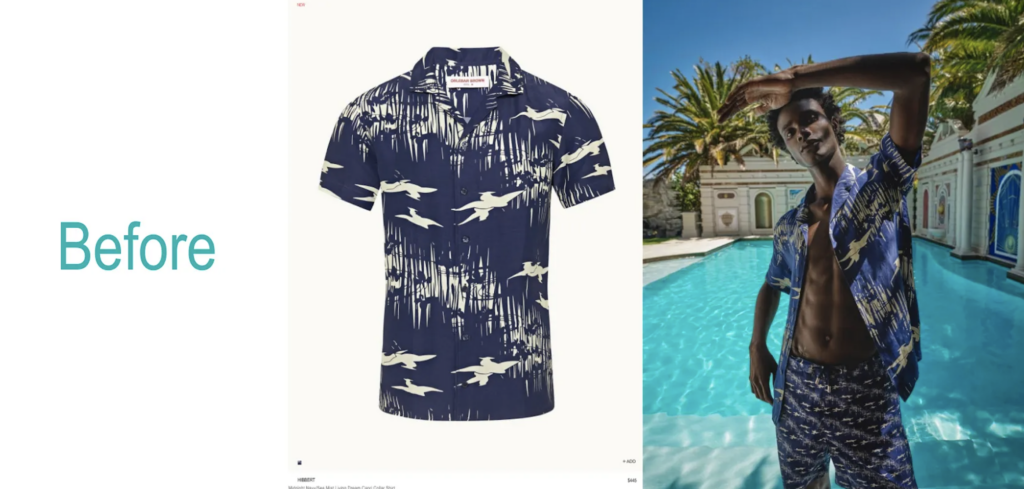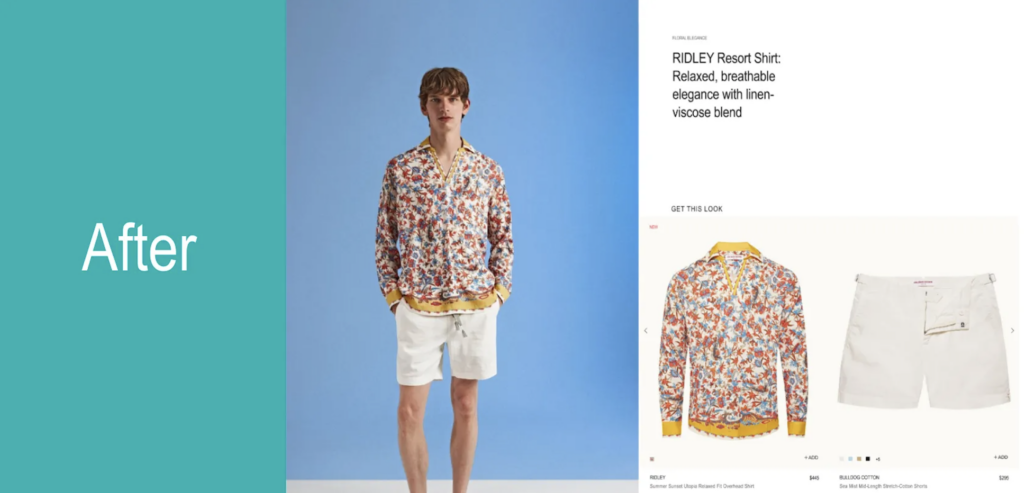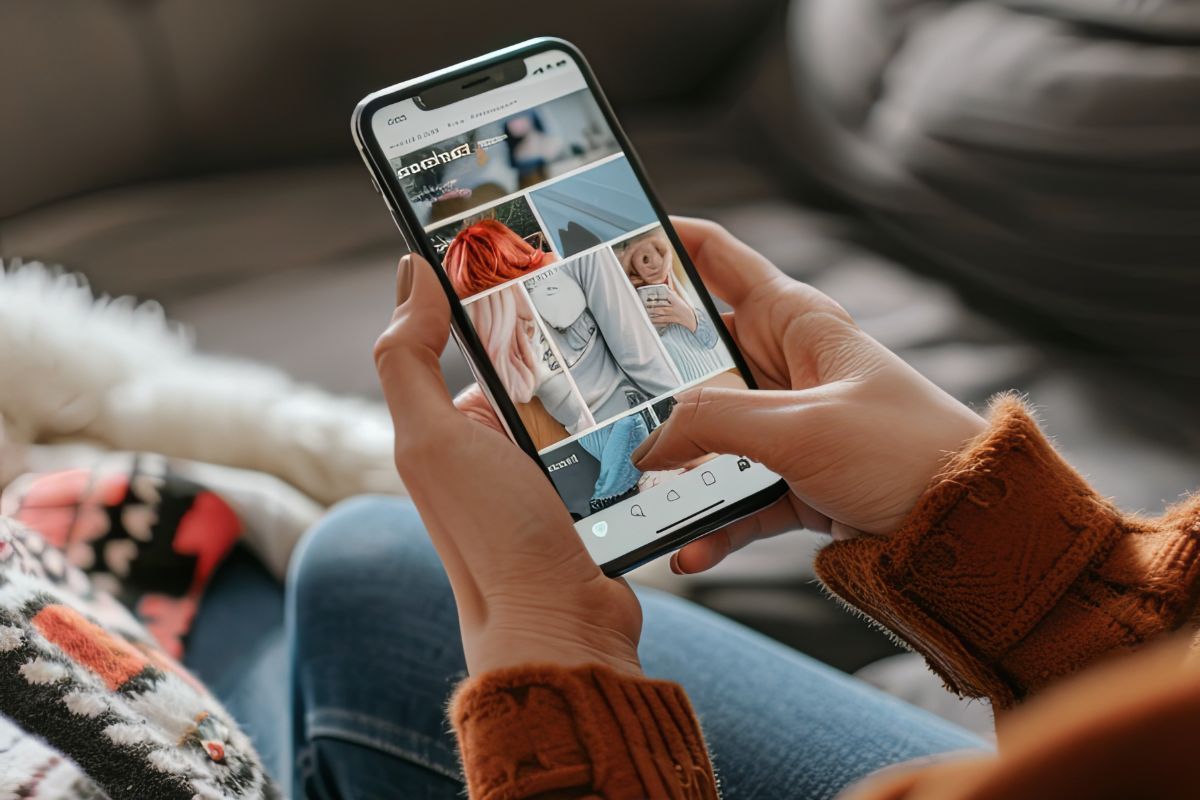By Aimee Hart, Principal CX Consultant at Tryzens
Personalisation has become one of the core engines of business growth over the years, with retailers investing heavily in technologies that tailor every touchpoint of a customer’s shopping journey.
According to Forbes, 72% of online consumers only engage with personalised messages and 62% of online shoppers would be reluctant to make a purchase from a brand that doesn’t provide personalised messaging.
In short, customers want personalisation, and there is an expectation to get it right.
Getting personalisation right, however, is a challenge. It involves enabling various teams and skill sets and integrating and analysing key customer data such as historical browsing and purchasing data to get a single view of the customer, as well as alignment on the key goals and segmentation strategies.
While the benefits of using personalisation are clear – increased customer loyalty, retention, brand affinity, and revenue – a common theme we see in figuring out where to start is that often experimentation gets sidelined in a bid to get stuck in and set up personalisation campaigns.
In fact, there is a perception that personalisation can’t be effectively tested. That it’s too big.
The misconception comes from the belief that testing personalisation requires:
- Complex data integrations
- Expensive software
- Integrated backend systems
This leads to scenarios where little measurable insight flows from the excitement of implementing personalisation with the longer-term risk of the programme plateauing or becoming overly complex. Personalisation campaigns don’t get tested, leaving teams in the dark when it comes to ongoing iterations and building up insight.
That includes negative impacts: 71% of customers feel frustrated when a shopping experience is impersonal; 63% will still buying from brands that provide poor personalised journeys.
Testing personalisation gives you that ability – rather than taking a leap of faith and hoping for the best.
How to test personalisation
Conversion rate optimisation (CRO) is often seen as an exercise in tweaking a brand’s user experience, where we optimise layouts, flows, and the overall onsite experience with continual improvement programmes.
But it misses the point of why experimentation is valuable and how it should be incorporated as a strategic practice rather than being used just for tactical tweaks.
Tryzens, the international digital commerce agency, has an approach to testing personalisation that is modelled around testing theories (strategic business priorities) and analysing how they change customer behaviour.
This approach includes conducting feature release testing through minimal viable testing: we validate a question with the smallest possible change in order to understand whether we’re on the right track to optimise personalisation.
Here’s how Tryzens used this approach with one of our partners, the luxury swimwear brand Orlebar Brown.
Testing personalisation with Orlebar Brown
Following a website redesign and refreshed brand vision for the digital experience, we carried out a personalisation test concept to measure its capabilities and learnings before advancing them forward.
Through a combination of data analysis and moderated testing with a group of the brand’s VIP customers, we observed that its customers wanted to ‘shop a look’ and have easy ways of interacting and adding key looks to the bag. Leaving product discoverability to the customer often quickly introduced fatigue and the risk of distraction rather than a focused experience.
Post-redesign of Orlebar Brown’s digital experience, the brand was looking for improved personalisation through specific look curations higher up the funnel to assist average order value and upselling, where data suggested opportunities to boost higher page engagement.

Our solution was to build a custom HTML component with a shop the look feature and curated looks based on what a model was wearing.
This component features a product carousel populating the key look worn by the model, with functionality that allows users to quickly add the items from the product carousel to the bag – skipping the need to first click on the product page.

We observed improvements on some of the key metrics, supporting our initial hypothesis of boosting the brand performance and engagement:
- +15% improvement in revenue per user on variant vs control
- +6% increase in average order value (AOV) on variant vs control
- +24% boost in the conversion rate on variant vs control
The broader innovation of this solution is that it caters to customers that are comfortable choosing their professional wardrobe but are looking for inspiration and styling advice for creating more casual, expressive ways of dressing on holiday.
To further broaden the initial minimal viable test, the Tryzens team is now working on further iterations to scale and enhance this concept across more markets and areas of the site.
To sum up
Breaking down and de-risking personalisation absolutely can and should be applied to many theories you have as a business.
Built into a successful and sustainable personalisation strategy is continual testing. It helps to reduce the uncertainties associated with measuring and optimising the performance of existing personalisation capabilities.
As a concept, it can also be extended to testing many other theories you have as a business, for example testing a new product set, reaching a new segment, or even breaking into new markets. If you value personalisation functionality but are not sure where to best implement it, then connect with Tryzens.






